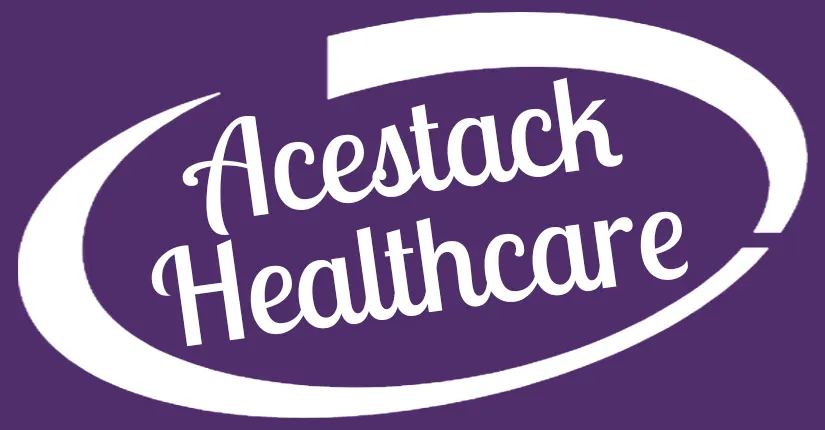
Emergency preparedness is a vital aspect of healthcare delivery, especially in times of crises such as natural disasters, public health emergencies, or other unforeseen events. In recent years, these events have underscored the importance of effective emergency preparedness, including at-home health services. In this blog, we will explore the lessons learned from recent events and discuss how at-home health services can play a crucial role in emergency preparedness efforts.
Recent events have demonstrated the significance of maintaining continuity of care, even in challenging circumstances. At-home health services offer a lifeline during emergencies, allowing patients to receive necessary care and support in the safety and comfort of their homes. By leveraging remote monitoring technologies, telehealth consultations, and mobile healthcare units, healthcare providers can continue to deliver essential services during crises.
Clear and timely communication is essential during emergencies. At-home health services can contribute by implementing robust communication systems that enable real-time updates and alerts to patients and their families. Effective communication ensures that individuals are informed about potential risks, evacuation procedures, available resources, and any changes in their healthcare plans. By leveraging technology platforms and community partnerships, at-home health services can facilitate reliable communication channels to enhance emergency preparedness.
During emergencies, vulnerable populations, such as the elderly, individuals with chronic conditions, and those with limited mobility, require special attention. At-home health services should have preparedness plans in place to address the unique needs of these populations. This includes ensuring access to medications, medical equipment, and necessary supplies, as well as establishing protocols for evacuation, alternative care arrangements, and ongoing support.
Collaboration with community partners is crucial in emergency preparedness efforts. At-home health service providers can work closely with local healthcare organizations, emergency management agencies, and community support networks to develop comprehensive plans that address the specific needs of their service area. This collaboration can help streamline resource allocation, improve coordination, and maximize the impact of emergency response efforts.
Education and training are essential components of emergency preparedness. At-home health service providers should invest in comprehensive training programs for their staff to ensure they are equipped with the knowledge and skills necessary to respond effectively during emergencies. Additionally, patients and their families should receive education on emergency preparedness, including evacuation plans, emergency contacts, and self-care strategies, empowering them to actively participate in their own safety and well-being.
Regular disaster drills and evaluations are instrumental in refining emergency preparedness plans. At-home health service providers should conduct simulated emergency scenarios to identify areas for improvement, assess the effectiveness of response protocols, and enhance coordination among staff members. These drills provide opportunities to learn from simulated emergencies, identify potential gaps, and adjust plans accordingly.
Recent events have emphasized the critical role of emergency preparedness in at-home health services. By maintaining continuity of care, ensuring effective communication, addressing the needs of vulnerable populations, fostering collaboration, and investing in training and evaluations, at-home health service providers can enhance their ability to respond to emergencies. By incorporating these lessons learned, we can strengthen our emergency preparedness efforts and ensure the well-being of patients in times of crisis.
® 2024 All Rights Reserved.